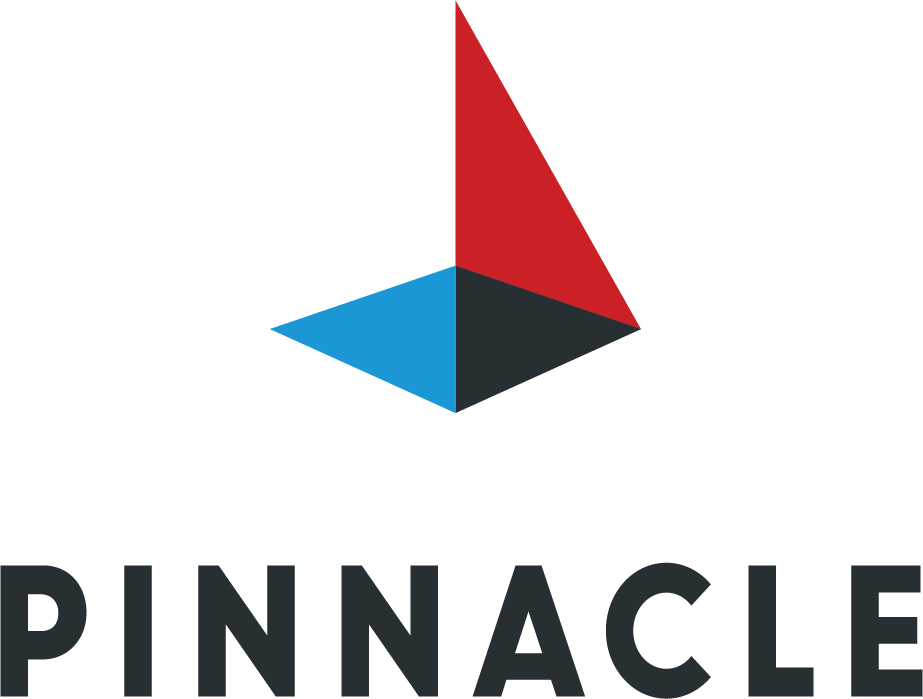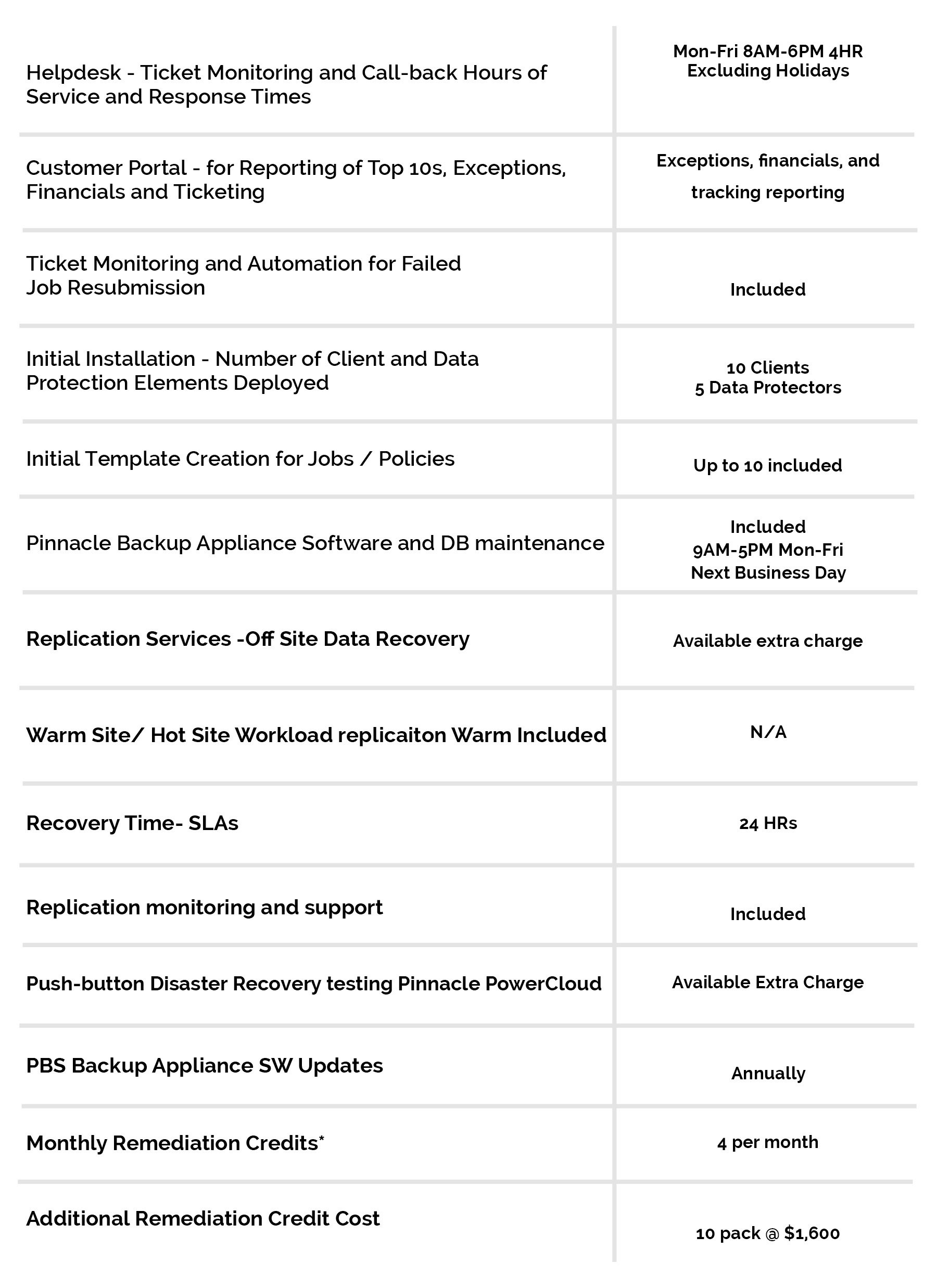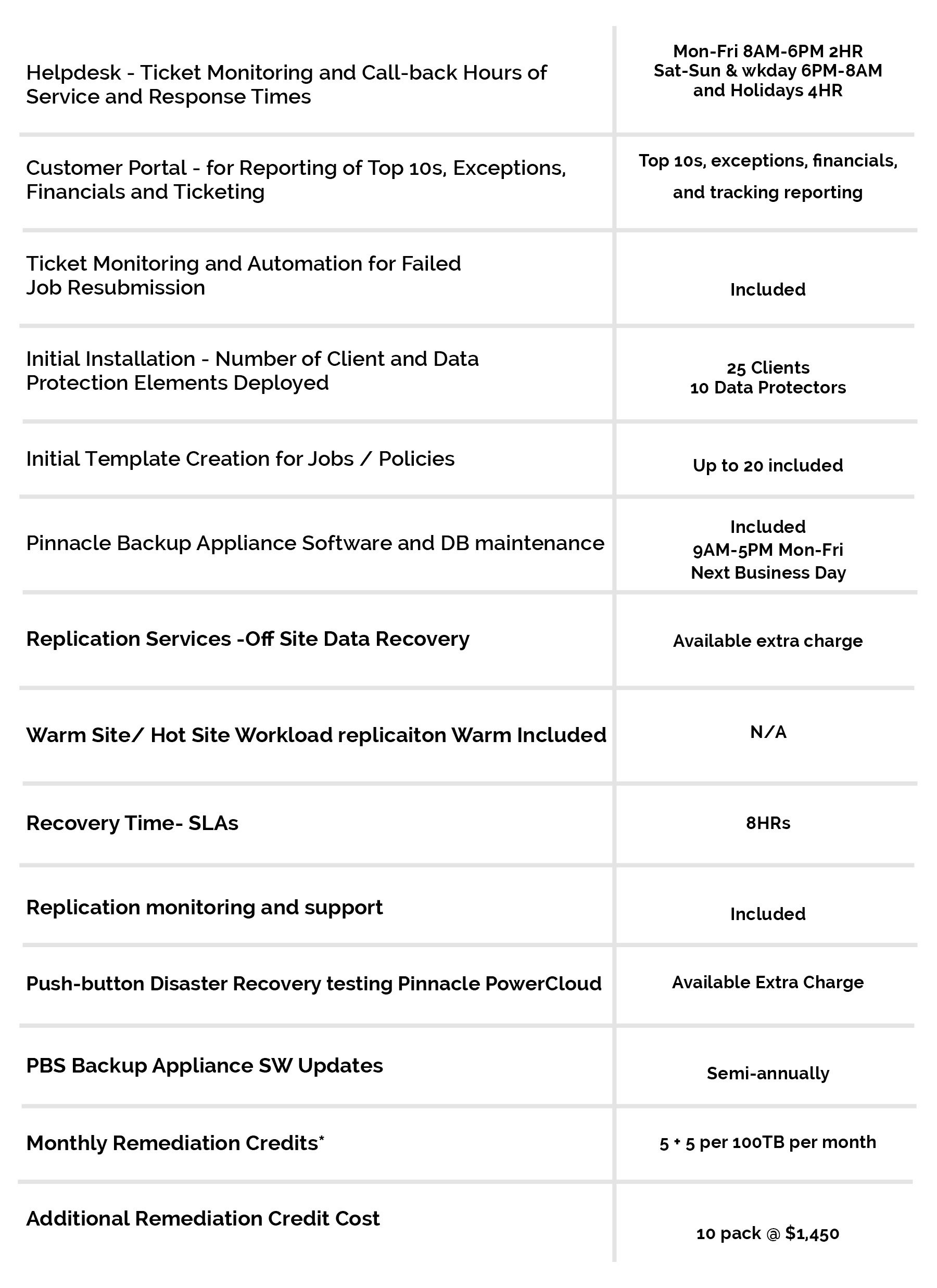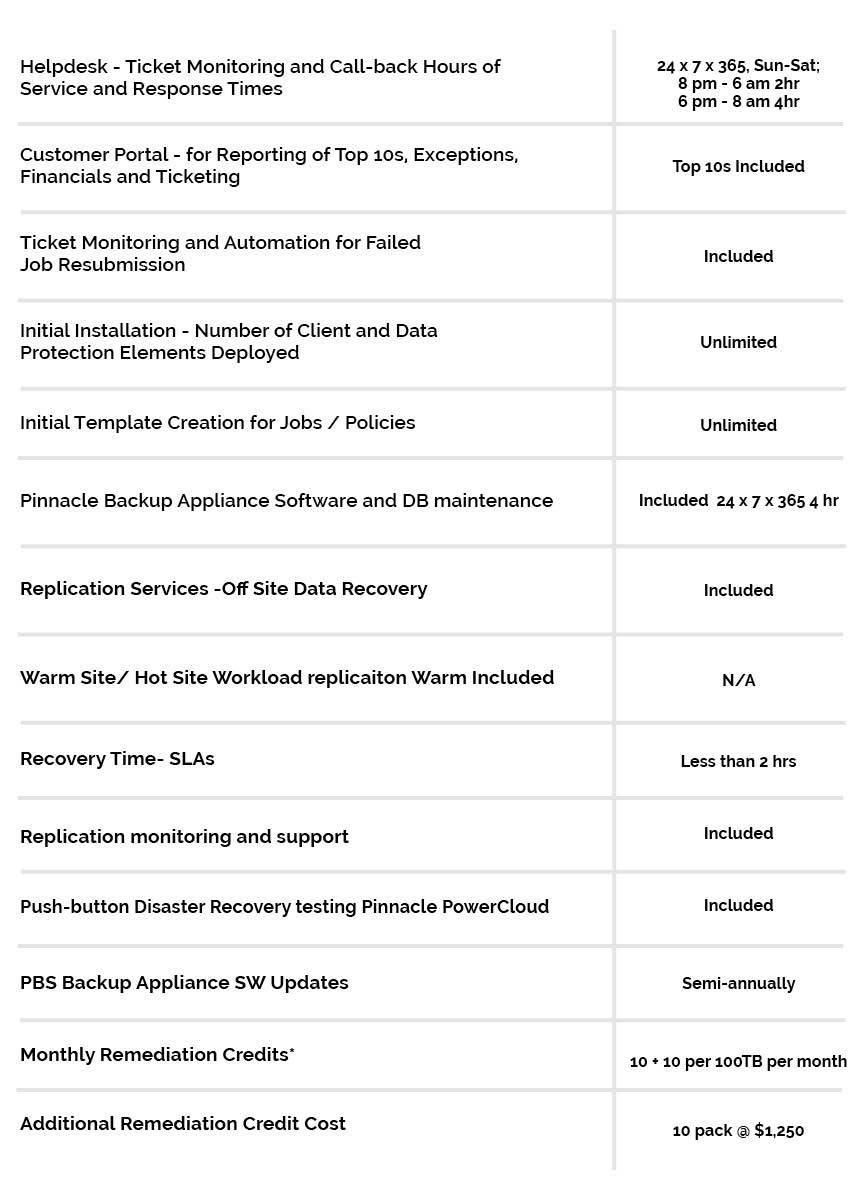14 Jun Now that the cloud is standard, is anything supported on-premises?
To say that the cloud is a staple technology would be a considerable understatement. Cloud applications and infrastructure solutions represent a linchpin for enterprise activity, enabling users to connect, collaborate and make use of key resources, even when they are away from on-premise solutions.
There are still instances where it is beneficial to keep certain elements within on-premise infrastructure. In this way, a hybrid approach to cloud computing may provide the ideal strategy.
Multi-cloud architectures lead the way
“Eighty-one percent of today’s businesses currently leverage a multi-cloud strategy.”
According to RightScale’s 2018 State of the Cloud report, the majority of today’s businesses – 81 percent – currently leverage a multi-cloud strategy that encompasses several types of cloud environments. This includes 10 percent that utilize multiple private clouds, 21 percent that utilize multiple public clouds and 51 percent that have a hybrid cloud environment made up of public and private cloud instances.
While the cloud can bring essential benefits for access, collaboration and staff productivity, it’s imperative that businesses understand that cloud initiatives shouldn’t be treated as all-or-nothing projects. It’s important that decision-makers strike a balance between cloud-based and on-premises infrastructures, as certain sensitive data and workloads may be better suited to on-site systems as opposed to cloud-based environments.
What’s being kept on-premises?
There are an array of different considerations to make when it comes to the process of cloud migration. Some applications are ideal for cloud-based environments, whereas others (which may include sensitive data or multiple instances of integration) may be too complex or security-dependent to move offsite.
The latter was the case at Oshkosh Corp., where senior IT director Greg Downer noted that while he’d like to migrate additional workloads to the cloud, the business’ status as a Department of Defense contractor prevented it.
“Cloud offerings have helped us deploy faster and reduce our data center infrastructure, but the main reason we don’t do more in the cloud is because of strict DoD contract requirements for specific types of data,” Downer told Computerworld.

While the cloud provides critical benefits, not every workload is best suited for off-premises environments.
Some businesses also chose to keep other similarly sensitive datasets on site, due to industry regulations or simply because decision-makers feel more secure in storing these items within infrastructure systems over which their internal personnel have full control.
In addition, as Cloud Musings founder Kevin Jackson told CloudEndure, applications that are tightly integrated with on-premises systems, as well as those that have specific technological or customization requirements should not be migrated to the cloud. Moving these items could create significant complexities and usability challenges.
Certain applications may also require the use of operating systems that are not currently supported by the cloud, including those not using Windows or Linux. These should be kept on-premises to ensure their proper working order and necessary OS support.
Overall, even considerably sensitive applications and workloads – including those beholden to certain industry regulations – can now be safely moved to the cloud thanks to provider certifications in security and data protection. In this way, the final decision as to what to move and what to keep within on-premises systems lies with decision-makers and IT administrators. To learn more, contact us today.





